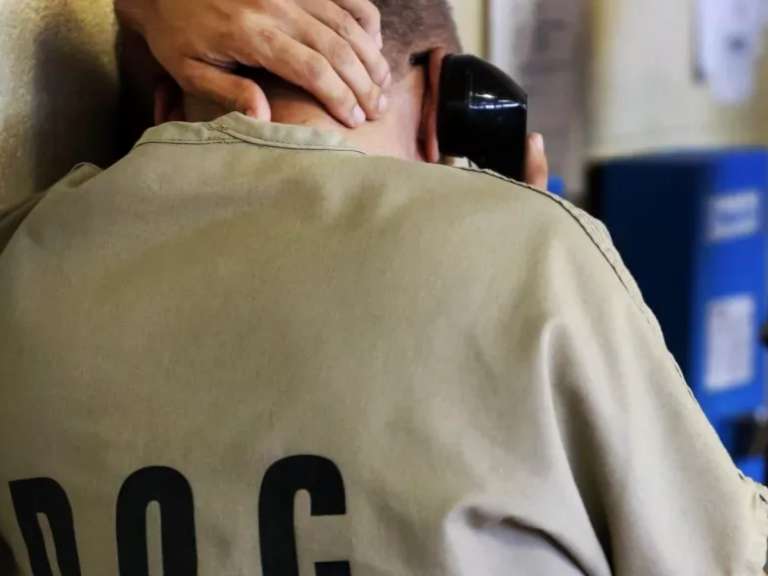News
The Devastating Emotional Toll of Suspending Prison Visits
To insulate facilities from the coronavirus, prisons and jails are not allowing people to see their incarcerated loved ones.

Kelly Halverson, 48, doesn’t know the next time she’ll see her fiancé, Mike Stevens. He’s serving 17 years on a drug conviction at FCI Sandstone, a low-security federal prison in Minnesota. In normal times, she sees him once or twice a month, far less than she’d like. Sandstone is a four-hour drive from her home in Port Edwards, Wisconsin, and with bad weather it can take even longer. “Seeing him in person is what keeps me sane,” she said. “It’s the place where our dreams, hopes, and plans are laid out. It’s the place where we have our deepest connection.”
Halverson last saw Stevens on February 22. Since then, overcrowding and poor sanitary conditions have placed the US incarceration system on the front lines of the coronavirus pandemic. Social distancing is often impossible, and many inmates reportedly lack access to hand sanitizer and protective gear. Cases of Covid-19 are increasing rapidly. As of April 8, The New York Times had identified at least 1,324 confirmed Covid-19 infections inside in prisons and jails, numbers it said were “most likely a vast undercount”; according to data compiled by the Marshall Project, there had been at least 63 deaths by April 16. Although thousands have been released early to slow the outbreak, about 2 million people remain incarcerated.
Read the full piece on The Nation website.